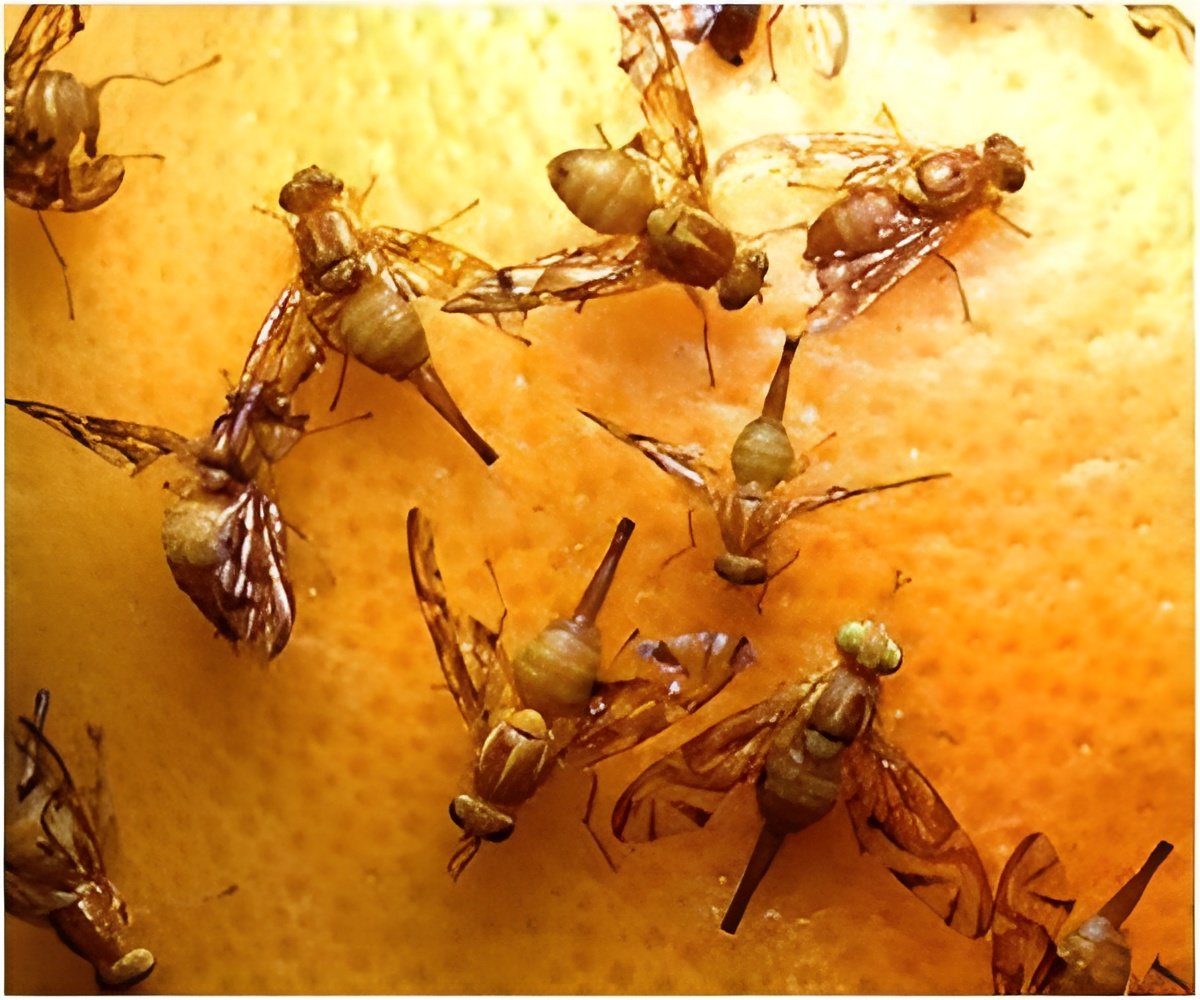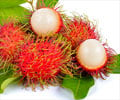
The gene makes an ion channel, which floods sensory neurons with calcium ions when the fly is near a heat source, causing fruit fly larvae to respond with a corkscrew-style rolling motion away from the heat source.
The team, led by co-authors Lixian Zhong, PhD, and Andrew Bellemer PhD, of Duke Department of Anesthesiology, found a 37-amino-acid section of nearly four identical protein molecules that controls the responses of the proteins to temperature. The larvae start their nociception (pain perception) escape roll at just over 100 degrees Fahrenheit (39 degrees Celsius).
Explaining the significance of the discoveries, senior author Dan Tracey, PhD, associate professor of anesthesiology, cell biology and neurobiology, said that even spontaneous pain that occurs in pathological pain states might be explained if the human versions of these channels were to open inappropriately at the normal body temperature.
The work was published in the inaugural issue of Cell Reports.
Interestingly, the authors found that the version of TRPA1 that is necessary for detecting the painful temperatures was not a direct temperature sensor. Tracey said this discovery suggests that TRPA1 channels may play an important role in sensing other kinds of pain besides temperature.
Advertisement
Interestingly, many noxious chemicals that trigger painful sensations, including wasabi and tear gas, also activate the TRPA1 channel in humans and fruit flies. The variants identified by the Duke team all respond to these noxious chemicals but vary in their responses to temperature. Finding similar variants in humans may give important insights into pain-sensing.
Advertisement
“Because evolution created these variants, we had more confidence that the amino-acid section we found was particularly important. We had clues there were unknown versions of this gene, so we were pleased to find the relevant part of the proteins that allows for heat-sensing and nociception.”
Source-Medindia











